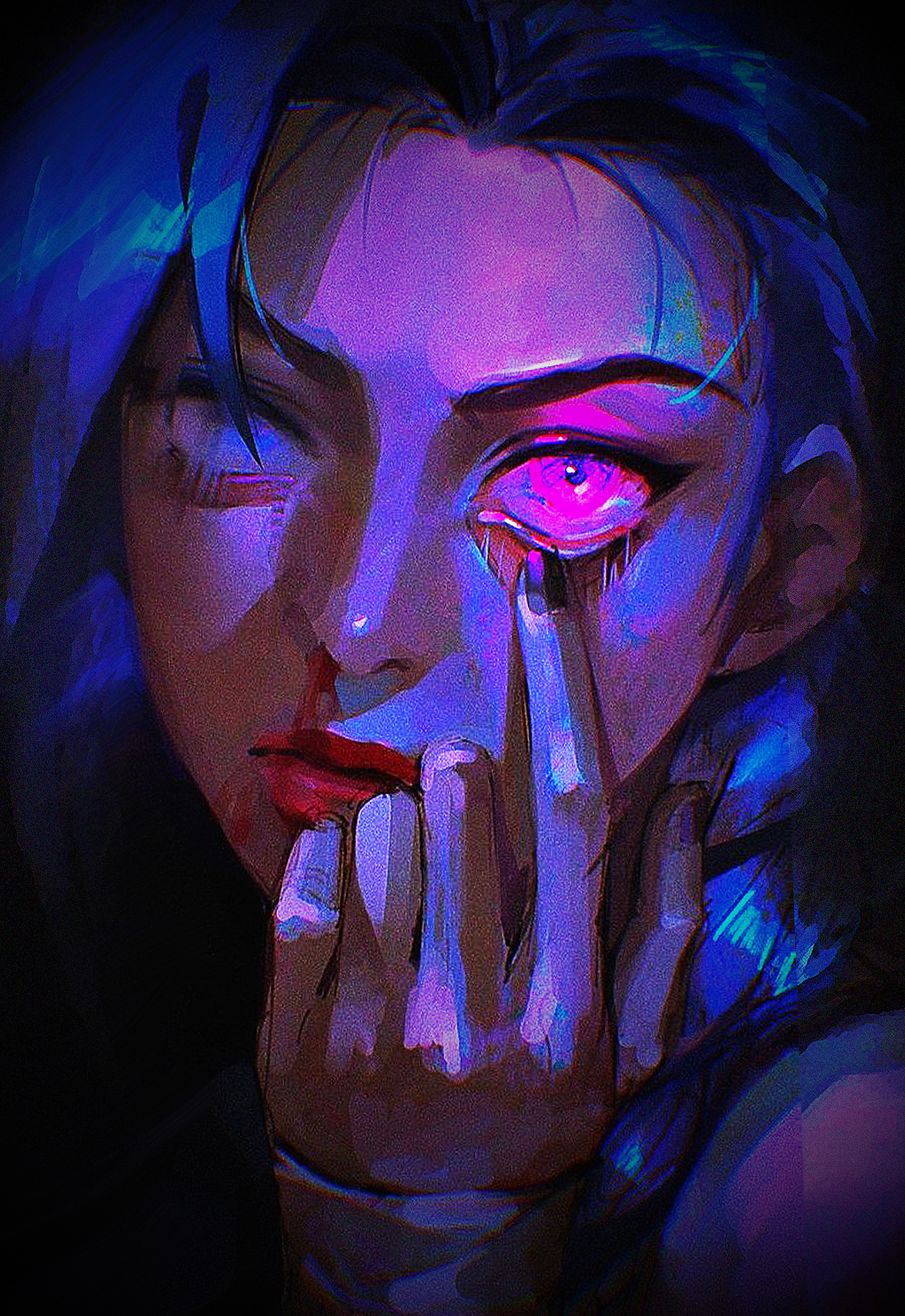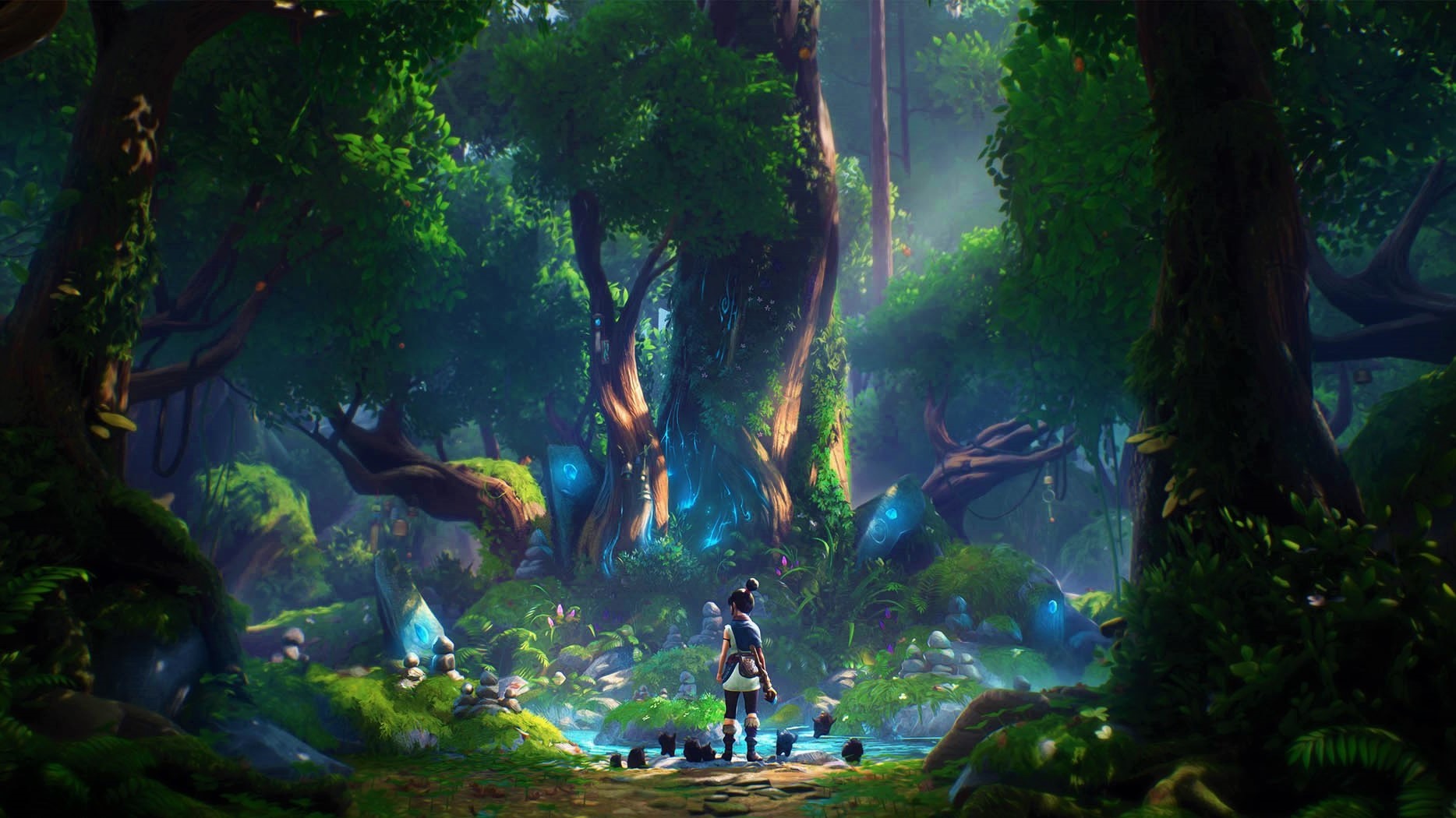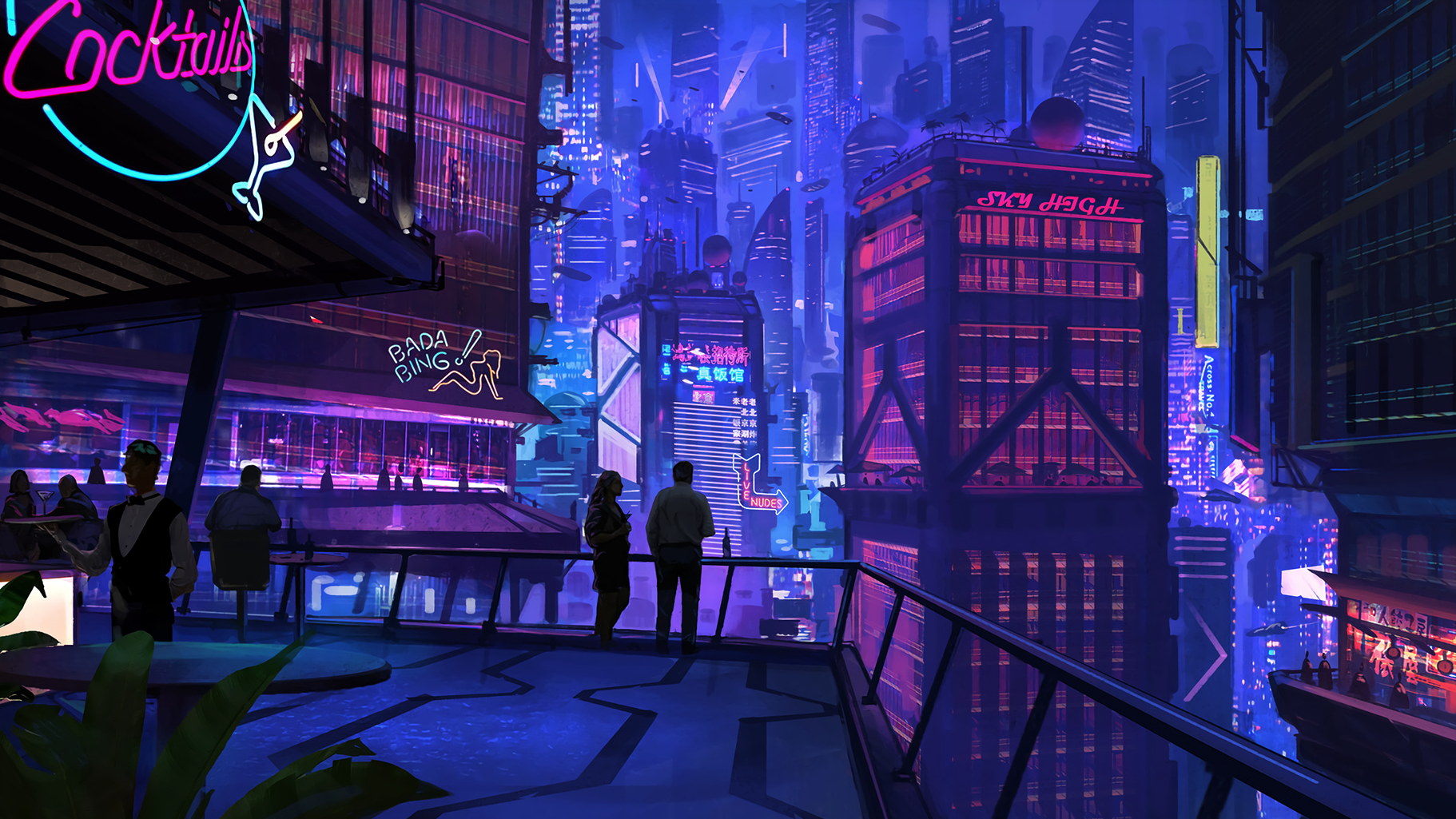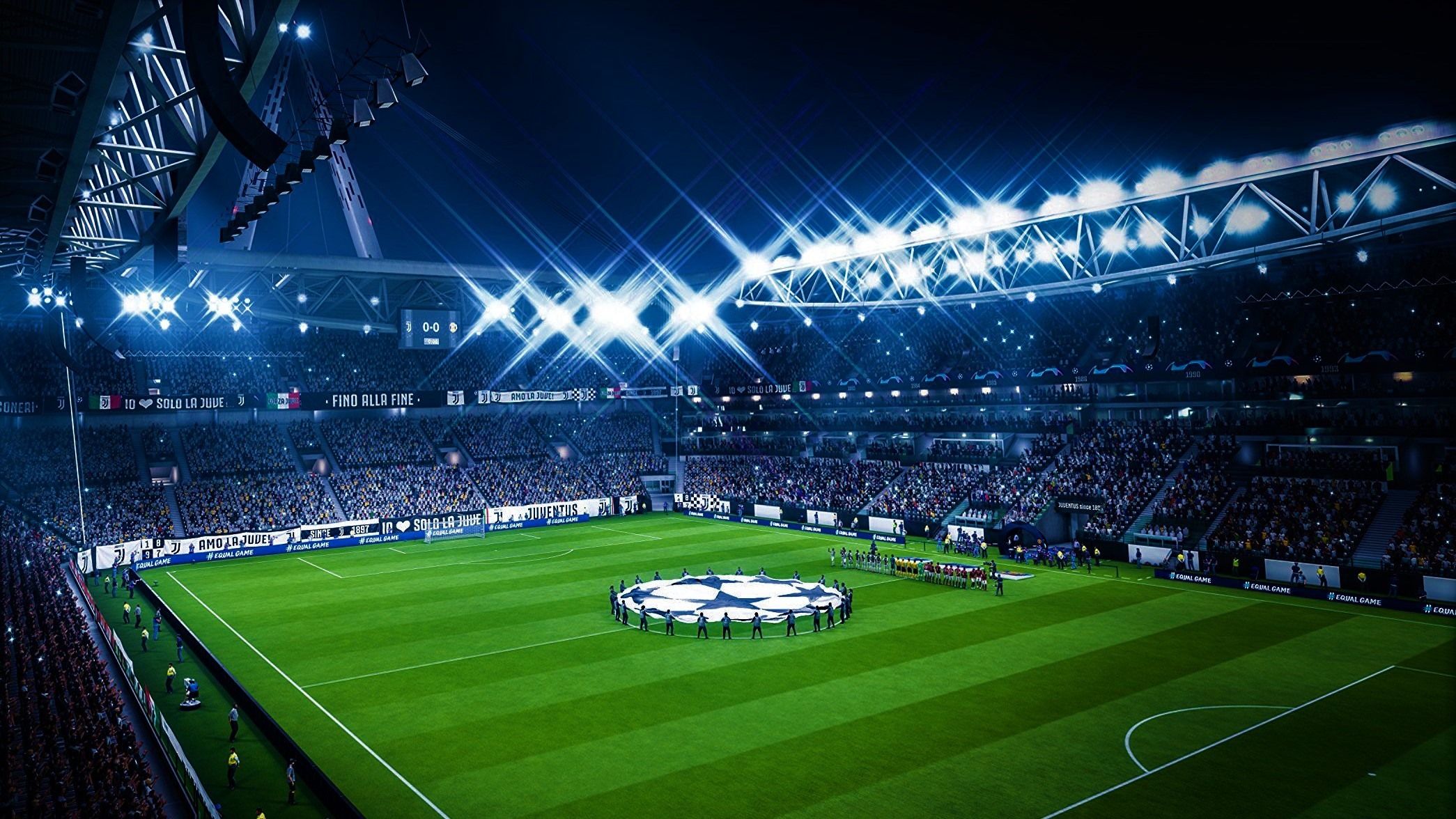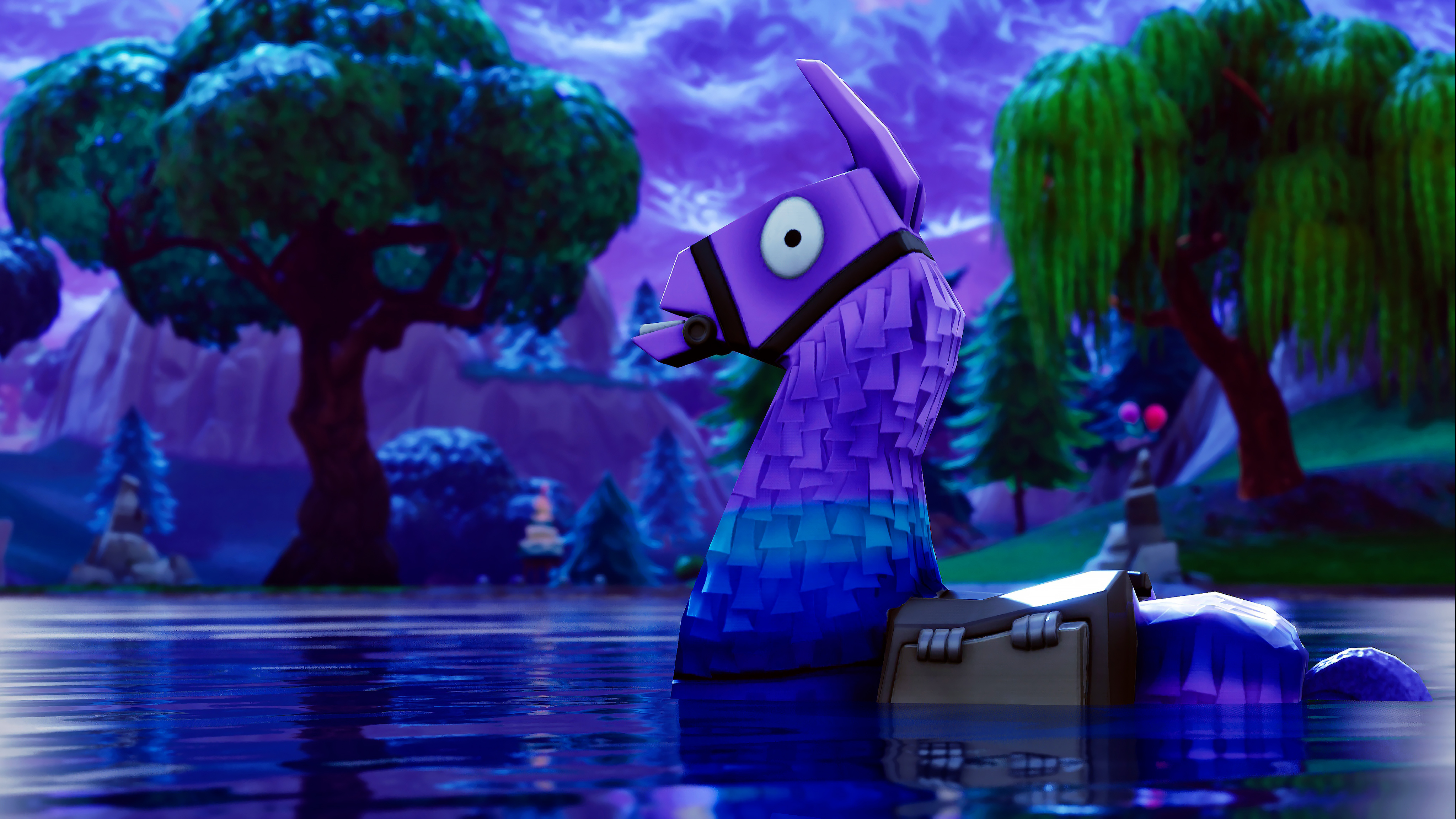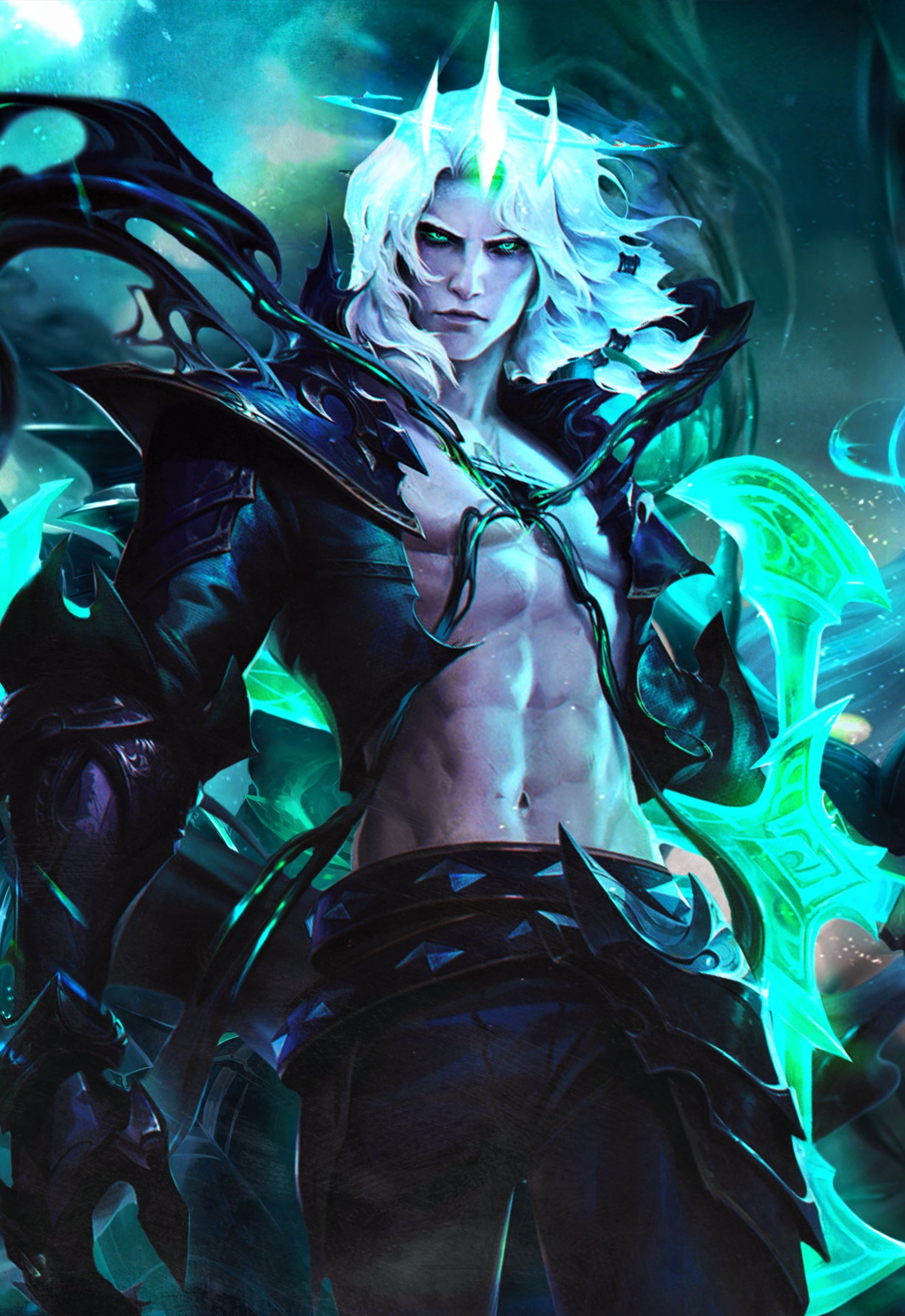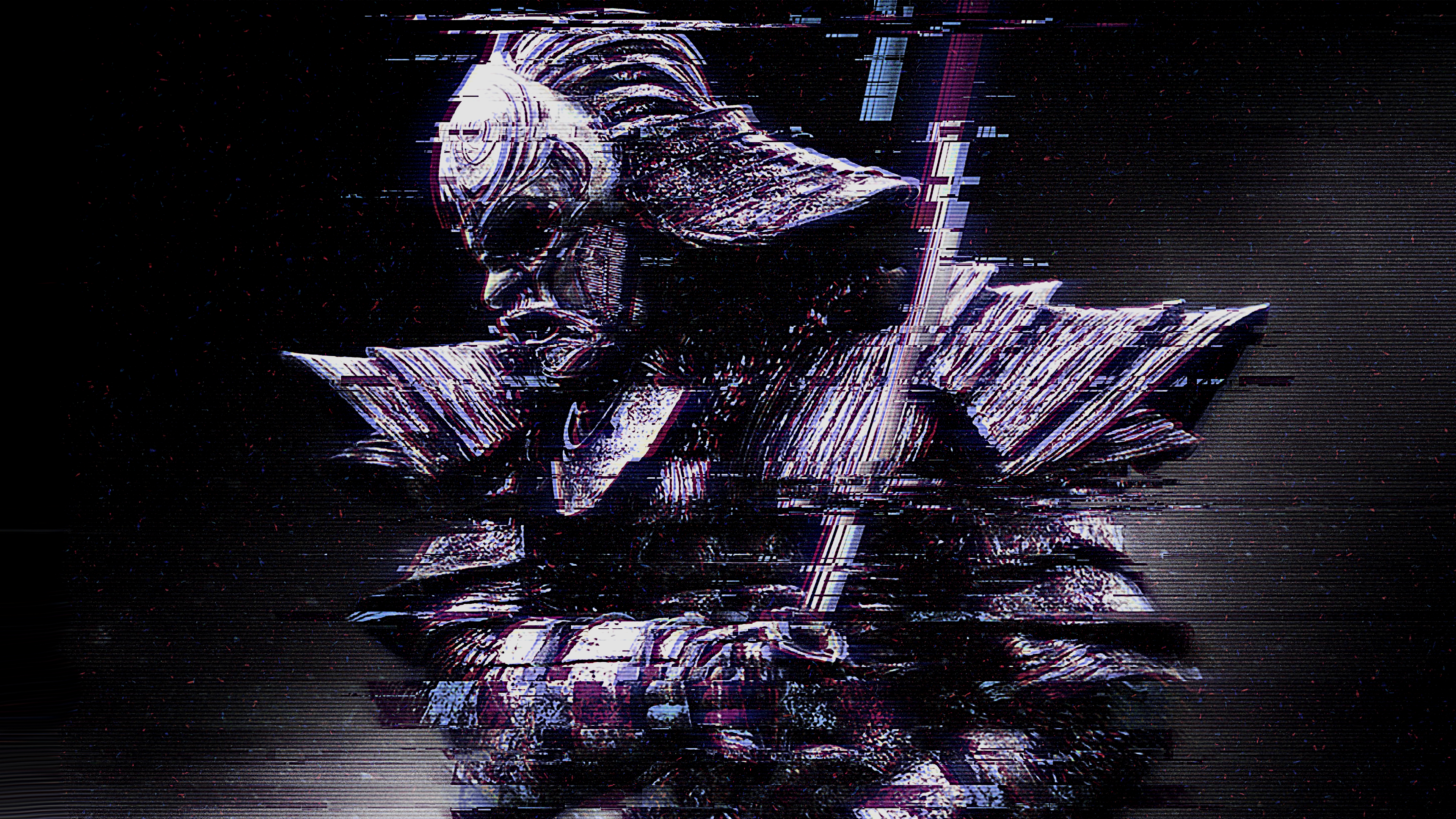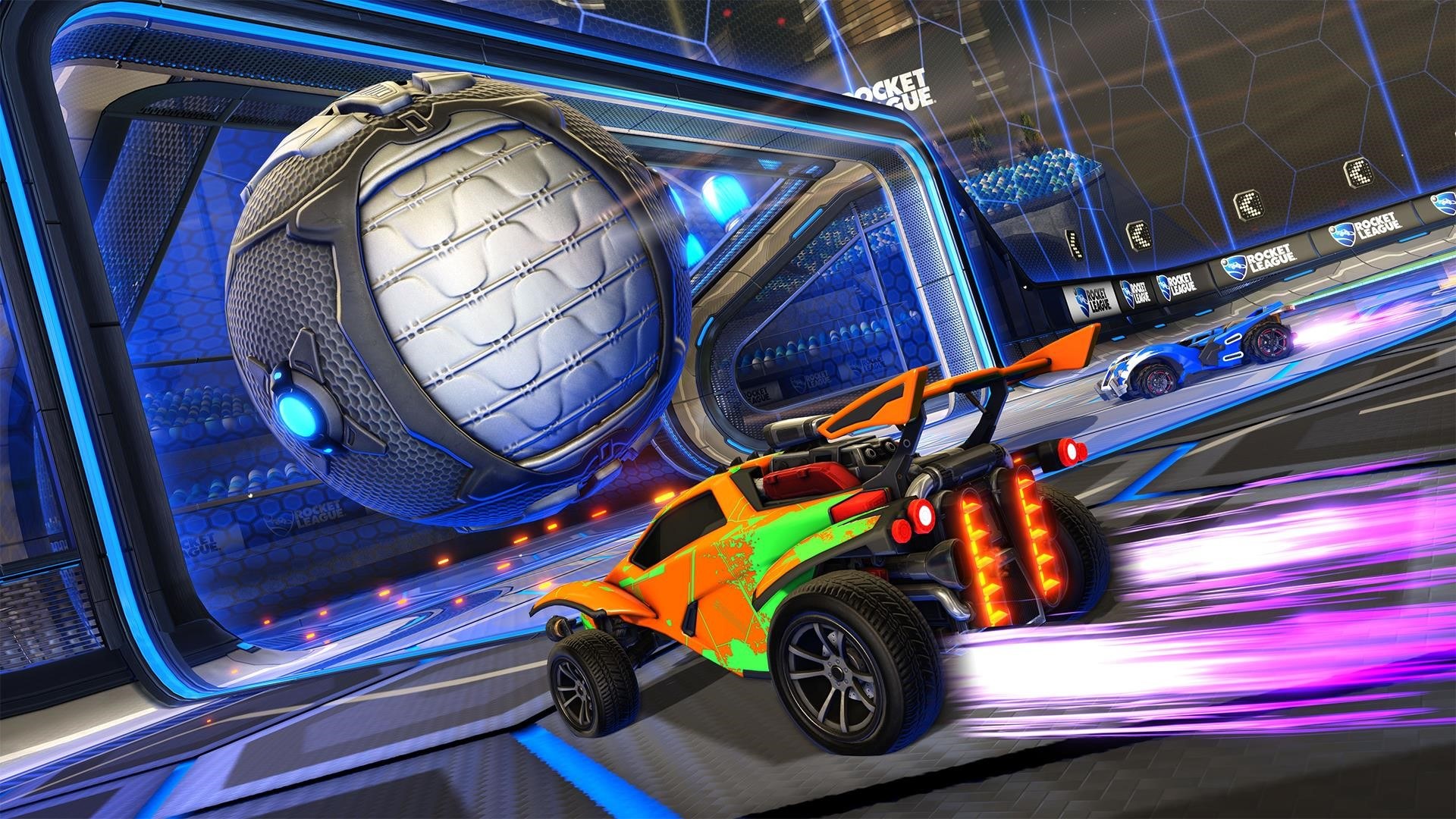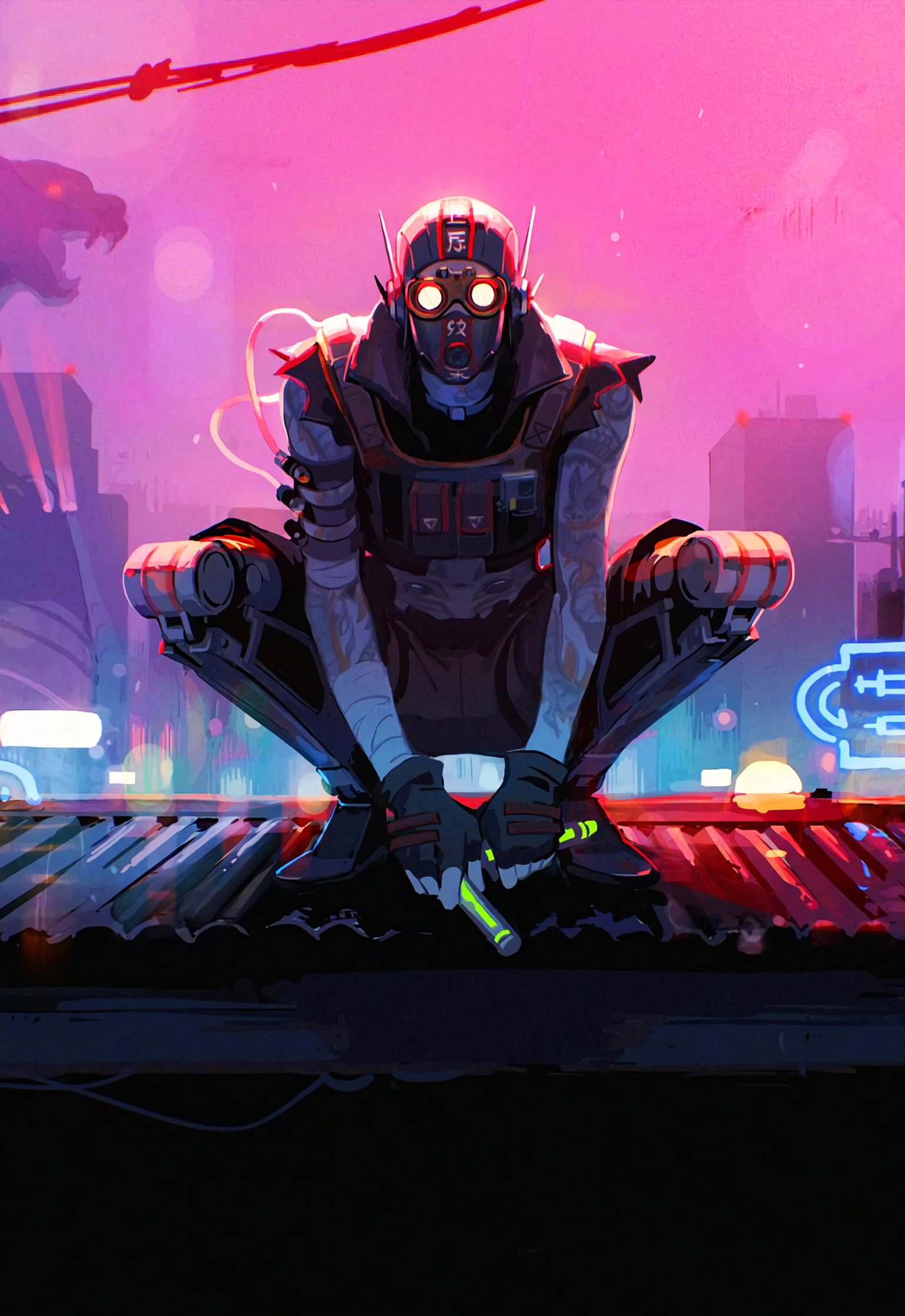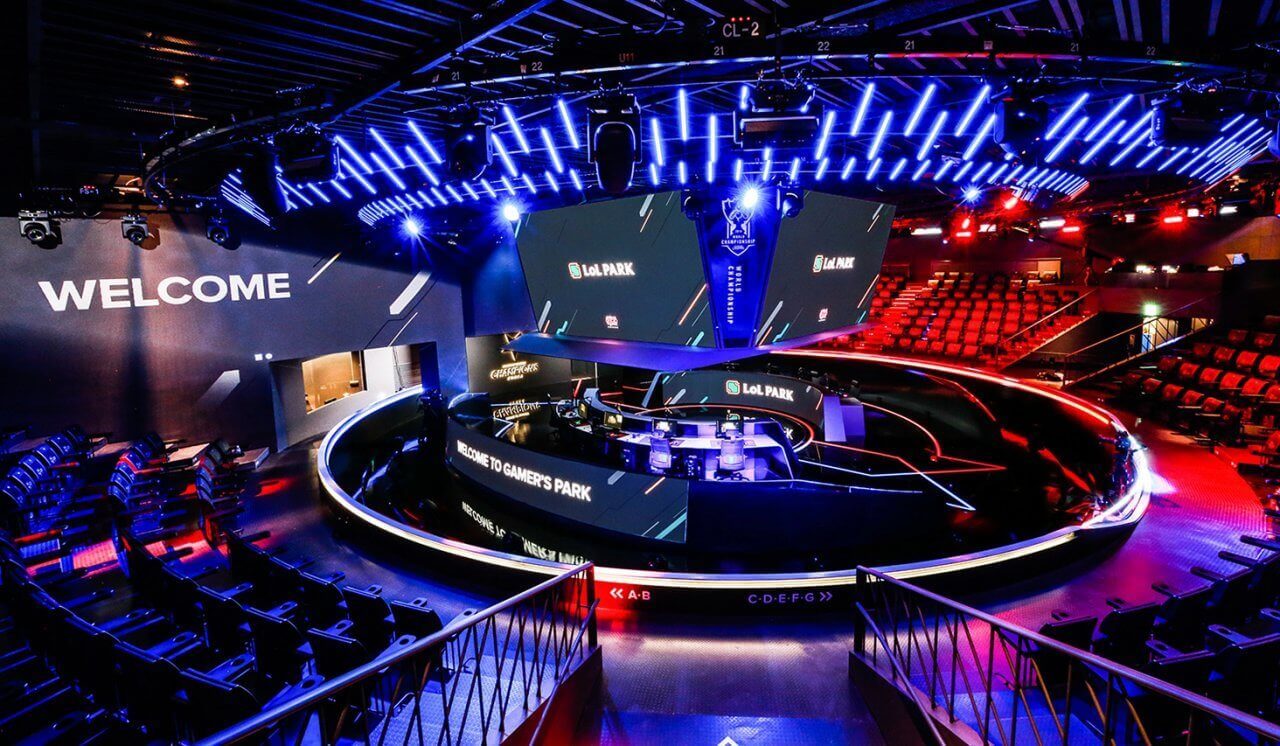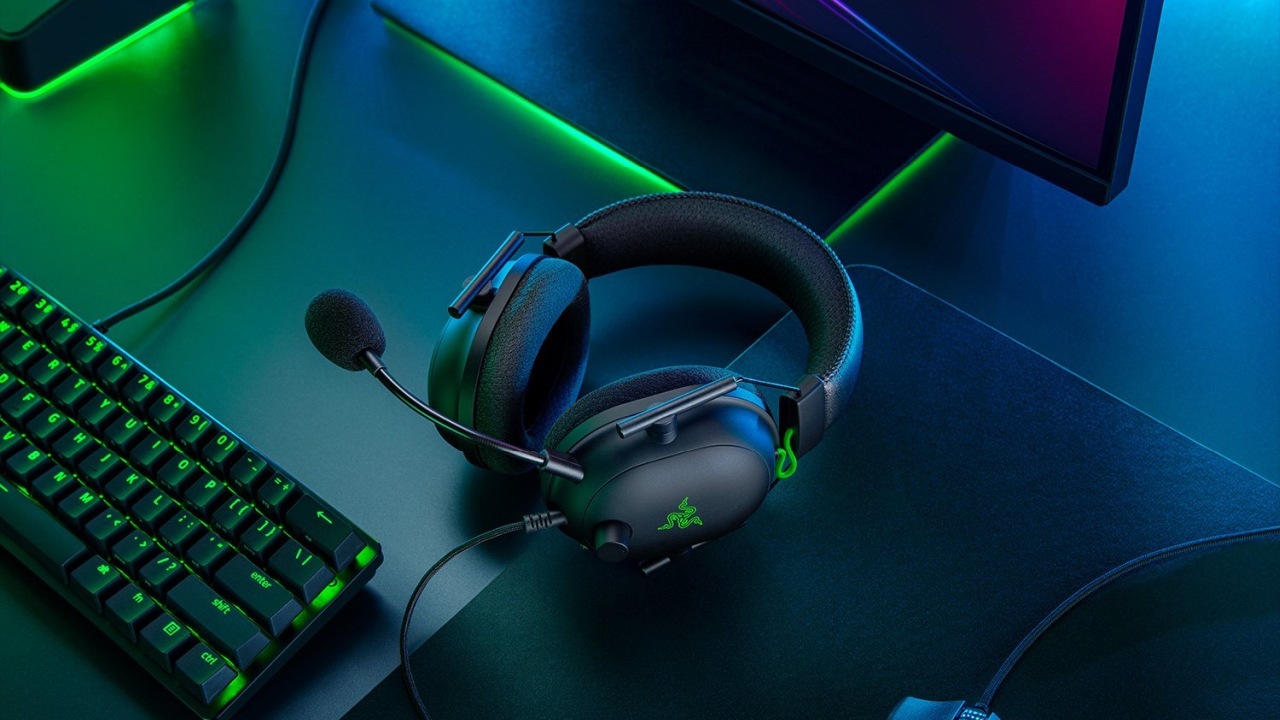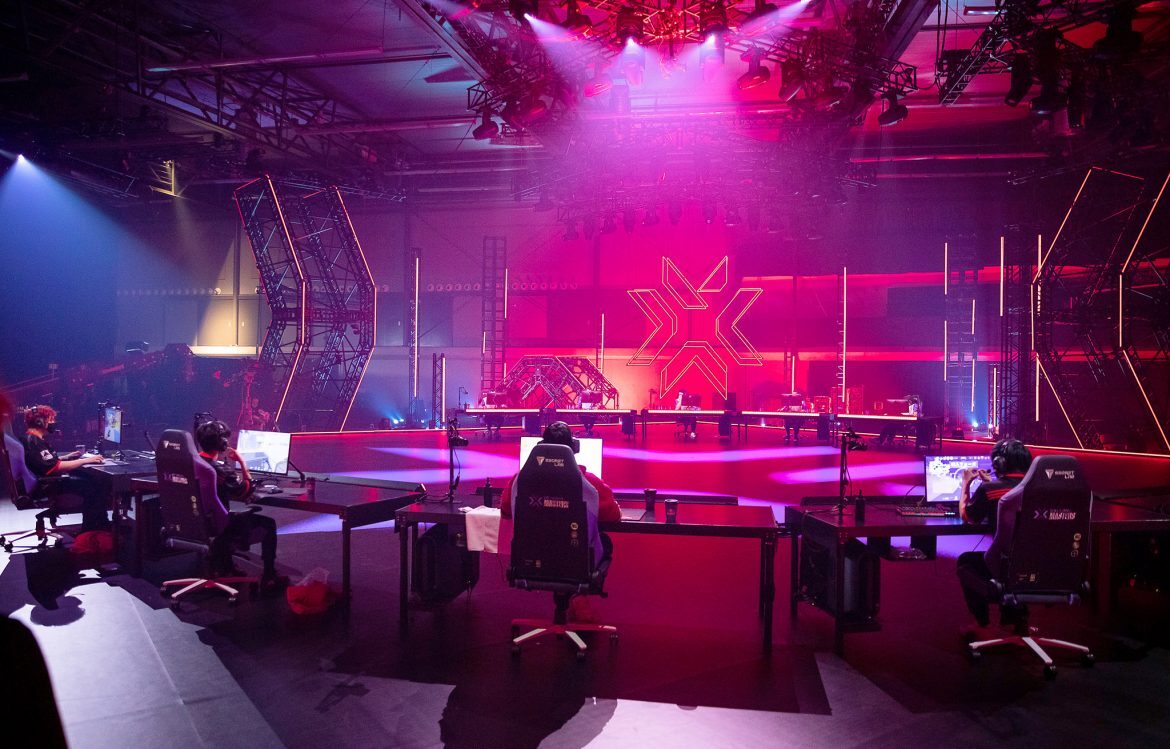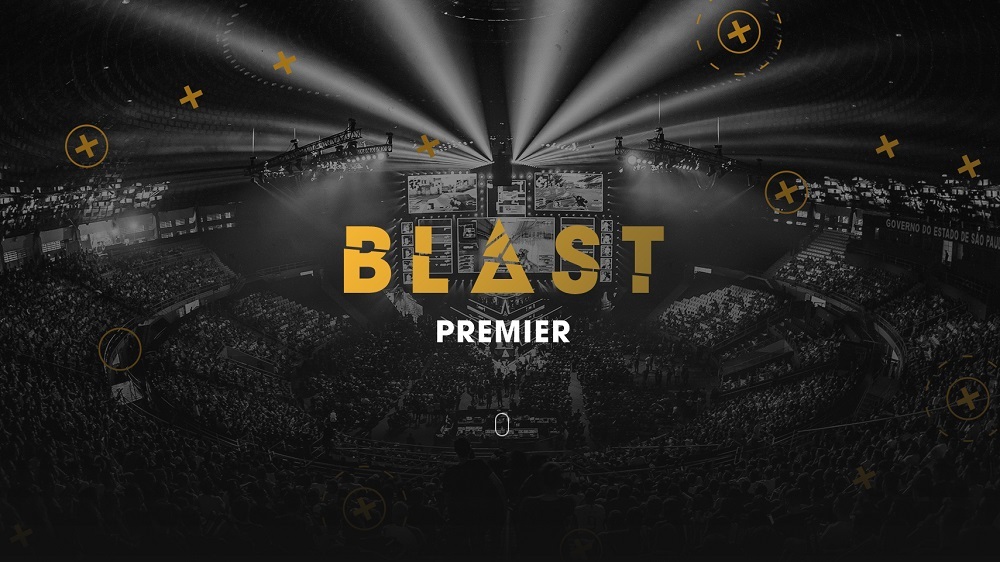
Interested in the inner workings of BLAST Premier - one of esports largest tournaments? How it is conceived, the thought process, and the work behind it? Or maybe you’re a fan of the brand-new BLAST Bounty Hunt? Read on, because we sat down for an exclusive interview with BLAST’s Director of Product & Experience Nicolas Estrup to get a look behind the scenes.
BLAST Premier is one of the foremost CS:GO tournaments with the Global Final boasting a prize pool of a whopping $1.5 million for competing teams and $1 million for the winning team. The talented people at BLAST took a very innovative approach to reshaping the CS:GO tournament scene and an even more innovative approach to now shaking up the Dota 2 scene with their upcoming BLAST Bounty Hunt format.
We sat down with Nicolas Estrup, Director of Product & Experience to get into the details of the key features of these innovative and refreshing tournaments.
Q: The simplest questions often deliver the best answers: What is BLAST Premier?
So BLAST Premier is the combination of what once was BLAST Pro Series, which was our first venture into tournaments. Back then we were in a totally different company structure, with pro-teams inside that structure as well: Astralis and others. Since then, we’ve parted ways as two different companies, and we’ve now reshaped our entire tournament setup for 2020. It’s now called BLAST Premier of course. We’ve buried, to some degree, the BLAST Pro Series but looking back, it was a test of massive proportions for everything that we wanted to try within esports. Back then we did crazy things like three games at once in an arena. Which meant you needed six teams on stage at the same time and enough screens to make sure everyone can see it. So I think back then we wanted to lean heavily into taking some risks, to try to challenge the status quo to some degree. BLAST Premier is then what came out of that. We had a ton of learnings on everything that happened with the BLAST Pro Series, which just meant that when re-shaping to Premier, we knew exactly what we wanted to change: What we tried that worked and what we tried that didn’t work. Then we made that into what Premier is today. Some of the biggest changes are of course: Better narrative in the format across the year and making it open to make sure more teams can compete. What we see right now is the perfect example of that: Mousesports and Fnatic - two hot topics that didn’t make it into the partner team pool at the beginning of the year, but are here now and competing. They - just like the partner teams - can make it to the Global Final and all of that is kind of the beauty that we had hoped for when we created and re-shaped the format. So BLAST Premier is, hopefully, a top tier tournament circuit of events with very solid online options that give you the best of Counter-Strike.

Q: You just touched on something interesting: You have a format that allows every team to compete. You have your 12 partner teams but this format was fully intended in a way that even if you’re not a partner team, you’re still able to compete. Was that the vision?
Definitely. We knew that with what we had in the past we occupied the Tier 1 space, and we’ve always longed for more a funnel. Like a reverse funnel process so that we can get all those other teams in. And just seeing everything that’s led up to this leg of the tournament we’re now on what is called ‘Spring Showdown’ - which is where a lot of the non-member teams come in. They’ve won their way: Maybe through qualifiers or multiple qualifiers. Others will have gotten direct invites due to performance, such as the teams we just mentioned and that was the set-up we wanted. Yes, of course when you’re a partner team you have some advantages - not competitively but just in the way it's structured for the teams - but we wanted to make sure that anyone can raise the trophy at the end of the line, come end of the year. That was important. We don’t want the partner teams to be too safe, but we do want to make sure that it’s worth it to be a partner team. So that’s what we feel like this structure really allows.

Q: We touched on the format a lot because it’s such an important part of BLAST Premier. People might not know yet what that format is. Can you give me an elevator pitch? It’s a long elevator ride…
Yes of course: What it is, in essence, is that we’ve taken the year and we split it in half. And then we’ve actually just done the same format on either side of that half-year. It starts off by what we had in London earlier this year, which was a three-weeks studio event, the Spring Series. That is groups with partner teams only, where they come in, face off versus each other, and based on performance at that point, the best performing teams will advance to the Spring Final, which is two weeks from now. The worst performing teams will drop down into the Spring Showdown, where all these other aspiring non-member teams will be waiting. The Showdown is the stage we’re in right now. So what happens here is that we have an influx of teams that want to compete and want to make it onwards in the tournament and then the winners from this Showdown will also go into that Spring Final as well. Then it’s full circle for this half of the year: We’ll crown a Spring champion and then it repeats for the second half of the year, where it’s Fall Series, Fall Showdown and Fall Finals. Then, on the other side of New Year’s Eve, in January, we have the Global Final. That is then a clash of the best who have competed across that year in our format. Plus, teams who have accumulated a lot of points also qualify for the Global Final - points which we also attribute to other tournaments so that they matter in this space. We feel like that’s a really good set-up to just make a better narrative. In the past, we had a lot of big events that all had extreme significance, but they almost devalued each other because we tried to make each as important as the other. Whereas with Premier we now have a much nicer curve of starting at the bottom and ending up at the peak, which is that Global Final.
Q: You just mentioned that teams accumulate points in other tournaments to get into the Global Final. For CS:GO there are also the ESL and Flashpoint for which they can accumulate BLAST points. Is that cooperation between competitors?
That’s us putting a value on products other than our own. We don’t want to shy away from the fact that there are others in this space, doing what we’re also doing. And we definitely don’t want to shy away from the fact that they also do great events. So not disregarding them when trying to look at what matters in order to reach something at the end of the year… it just makes sense to put a value on participation in them. So that is us doing that. We’ve always had good and open dialogue amongst the tournament organizers. We talk a lot to each other to try to make the year comfortable for everyone.
Q: So there’s good cooperation but also a friendly competition, I assume?
Yeah, like two competitive brothers [laughs].
Q: What does BLAST Premier do, that the others don’t?
I think the product that we have differs itself in the sense that... if you look at some of the others, there’s a very heavy focus on the core fan group. Whereas we’ve always approached it from an angle of trying to broaden the horizon - get as much new viewership in as possible. That’s been one of our champion causes since day one. That goes through every single thing we do: How we design the visual layout inside the game to how we do explanatory content and how we prepare our broadcast partners to make sure they feel comfortable. That’s probably our biggest differentiator. Then, of course, we’ve played around with formats to try to figure out: Can we create something that tells better stories, that can excite the core group of fans but also allow new ones in? So I think we’re on this journey where we want to try to figure out how to make it easier to consume without losing that core group of fans. Because at the end of the day, those are the ones who buy a ticket, bring a friend who’s never seen Counter-Strike before and then hopefully that’ll become a fan afterwards. There’s this fine balance that we focus on to extreme, which I obviously can’t talk on behalf of any of the others but those are, to me at least, some of the differentiators. So in summary, a fan-first approach in every way accompanied by a laser focus on lowering the learning curve so we can get more people in.
READ MORE:
Q: You mentioned the word ‘fan’ a lot and also, on your website, when you try to read on BLAST Premier, you immediately read that the goal is to provide ‘fan-first experiences’. You also have a product called the fan-cam, which brings an arena feeling to the audience. Can you elaborate on that?
Of course. And to answer why fans are literally everything that we do: They are to us truly the most important ones. We can fill an arena with Counter-Strike players and play some matches but… if there is no crowd going completely mad, then what are we doing all of this for? How we then try to incorporate this into the online world that we’re operating under: We knew that we wanted to break down those virtual walls and make it feel like we are in it together and that we are, to some degree, connected and I think the fan cam is a good example of that - of trying to get the fans in to be part of the production. That blew up completely yesterday, in a positive way, when we maxed out Zooms call capability: We had 350 wild Brazilian fans in a Zoom call going crazy. We brought those reactions into the broadcast, just like you would if you were in an arena and I think that is something that I’m most definitely proud of. That we managed to do it because it is a several hundred video feed production that we’re trying to juggle - to get the fans sitting on the couch the feel that this might as well be an arena event because of the look and feel. We wanted to try and raise the bar and hopefully, the fan-cam is an important part of that.
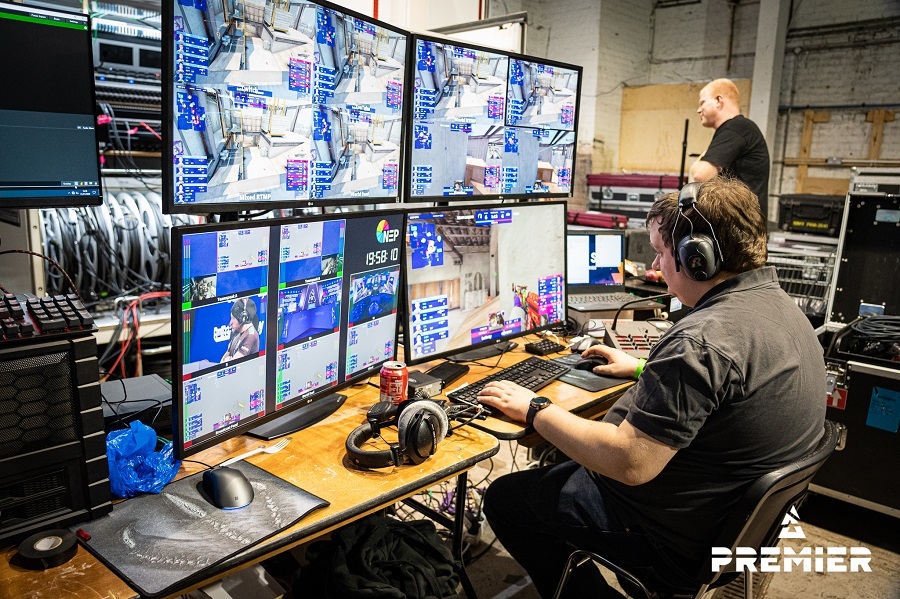
Q: Dare I say that, now, during this coronavirus time and with events moving online with increased frequency, this might just be a way forward and a new standard?
100%. Because the first thing that we thought about when we saw all this working was: “Damn, imagine what that would look like on a big screen inside of an arena.” All of a sudden we can bring the people from home - not able to fly across the world - to our events. Definitely, that’s on our minds.
Did they really send every on-air talent a cam, headset and personalized background banner? That is really next level if it's true.
— Tom (@TomvdWeerdhof) June 1, 2020
Read Part 2 of the interview tomorrow: BLAST Bounty Hunt
That’s it for Part 1 of our interview with Nicolas Estrup. Tomorrow we’ll pick up where we left off: Fan experience - because BLAST’s newest venture, BLAST Bounty Hunt, is taking fan engagement to a whole new level with a very innovative format. You can read all about it here tomorrow and, in the meantime, you can visit BLAST stay up to date by following BLAST’s Instagram , YouTube and Twitter or by simply clicking through their website.
As for the BLAST Premier stream itself - it will be broadcast on the BLAST Premier Twitch channel.
